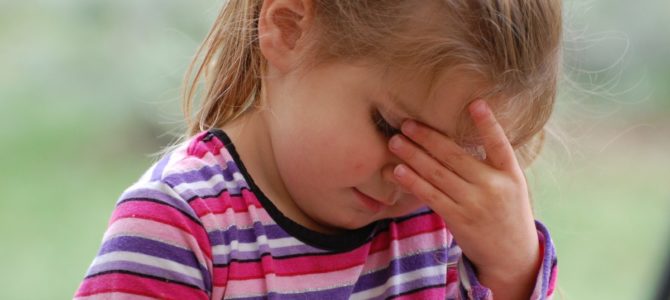
More than a year into continued and continuously changing lockdown rules, youth suicide attempts and pediatric mental health ER visits are skyrocketing across the United States.
FAIR Health recently found that, between August 2019 and 2020 in the Northeast, the number of pediatric intentional self-harm claims surged approximately 334 percent “as a percentage of all medical claims.”
According to four mental health experts at Newton-Wellesley Hospital’s Division of Child and Adolescent Psychiatry in Massachusetts, 2021 referrals to their Child and Adolescent Psychiatry outpatient clinic “have doubled compared to [their] pre-pandemic baseline.” These doctors have also witnessed an 80 percent increase in emergency department visits regarding pediatric mental health issues.
The problem gets worse. “We are seeing three times as many patients ages 8 to 18 following suicide attempts,” the doctors say, “with 13- and 14-year-olds representing the highest proportion of such ER visits thus far in 2021.”
“We have experienced an 80% increase in mental health related pediatric visits to our emergency department.
We are seeing 3 times as many patients ages 8 to 18 following suicide attempts, with 13 & 14-year-olds representing the highest proportion”https://t.co/R2cNxJBKM2
— Corey A. DeAngelis (@DeAngelisCorey) June 21, 2021
Research suggests this isn’t an isolated mental health crisis in one particular hospital or city. It’s a much broader societal problem.
The Centers for Disease Control and Prevention (CDC) found that, between April and October 2020 alone, U.S. hospitals experienced “a 24% increase in the proportion of mental health emergency visits for children ages 5 to 11, and a 31% increase for children ages 12 to 17.”
Dr. Indra Cidambi, the medical director at Center for Network Therapy and one of the preeminent addiction experts in America, told The Federalist that “The result [of pandemic-induced isolation, dislocation, and increased anxiety] has been a resurgence in mental health issues such as depression or anxiety and the increased use of substances to self-medicate.”
“Relapses have surged and so have overdose deaths,” Cidambi said, “but patients have been reluctant to access addiction treatment due to COVID fears.” A “large portion” of Cidambi’s patients are young adults.
While childhood and young adulthood are often “turbulent,” the difficulties of growing up have been exacerbated by the isolation imposed by COVID lockdowns. The four Newton-Wellesley doctors say young teens “have had to navigate [the challenges of growing up] in a mostly virtual, often unrecognizable world.”
“During lock-down,” they argue, “most teens struggled to varying degrees with social isolation. Many have had limited access to the support and mental health services they normally receive in school.”
Cidambi further emphasized that young adults’ new social climate and isolation is more stressful than their pre-lockdown normal. “Despite an increased affinity to social media platforms for communications even during normal times[,] the lockdown has sharply increased stress for this population as their daily activities have come under the microscope due to parents and siblings simultaneously being confined at home,” Cidambi says. “This has resulted in increased experimentation with drugs and alcohol as a form of escape.”
The four doctors from Newton-Wellesley say the all-too-human pressure, angst, and loneliness of early adolescence “ha[ve] been magnified during the pandemic in the absence of in-person sports, clubs, classes and everyday social interactions with peers and mentors.” “In this environment,” they emphasize, “big emotions are amplified, and teens — especially young ones — need steady hands and a safe harbor.”
Now more than ever, they assert that “we must keep showing up for our young people: making sure they know they are loved, listening to them even when we are tired, finding them help when they need it, and providing a solid place to land.”
For any and all who need it, the Crisis Text Line and the National Suicide Prevention Lifeline provide information and support free of cost. Resources like QPR Institute and Mental Health First Aid offer resources for individuals to better address initial warning signs. And parents should proactively distance adolescents from “easy access to lethal means of self-harm,” such as unlocked firearms and unused medications.
However, while there are many free mental health resources available to all, mental health providers remain overwhelmed, as they “[struggle] to meet the increased demand.” They aren’t the only ones. Parents and caregivers are also struggling to help their kids. Meanwhile, adults are also suffering from increased symptoms of depression and anxiety.
The current mental health crisis appears to be a direct consequence of society’s response to the pandemic. And the four Newton-Wellesley doctors predict that the fallout from COVID will be persistent.
Even as Americans resume their pre-pandemic lives, they say, “We are still in the thick of the fallout from COVID-19 and [should] expect children and teens [to] continue to struggle for some time.”









